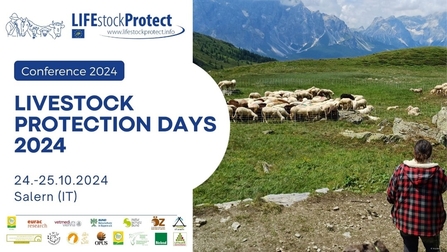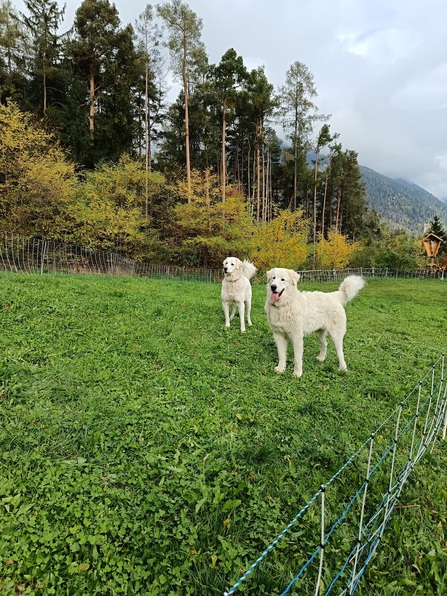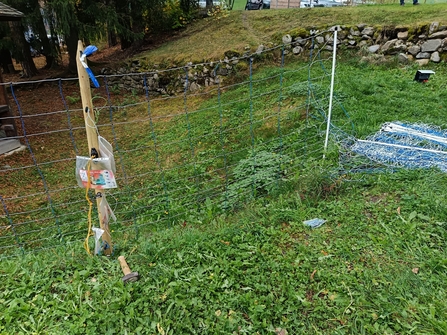In October 2024, I attended a livestock protection conference in Salern, Italy organised by LIFEStockProtect. This is a project that receives funding from the European Union’s LIFE Programme. The goal of the project is to increase the use of livestock protection methods and decrease conflict with large carnivores. The project’s main focus is in the German-speaking region of the Alps. The project is unique as it takes a bottom-up approach, encouraging livestock owners to learn from each other and share knowledge and experience through farmers’ associations.
The project has six key objectives:
-
Increase knowledge about livestock protection
-
Promote the use of correctly bred and certified livestock guarding dogs
-
Inform the press and general public on fact-based knowledge about livestock protection and large carnivores
-
Establish a volunteer and an ambassador network that provide practical assistance to livestock farmers
-
Improve the quality of livestock protection material
-
Decrease inconsistent legislation on compensation, protection and financing of livestock protection
The two-day conference offered lectures, information booths and practical demonstrations of livestock protection methods. As people travelled to the conference from various countries, we were each given a headset so we were able to listen to the speakers be translated into our native language.



